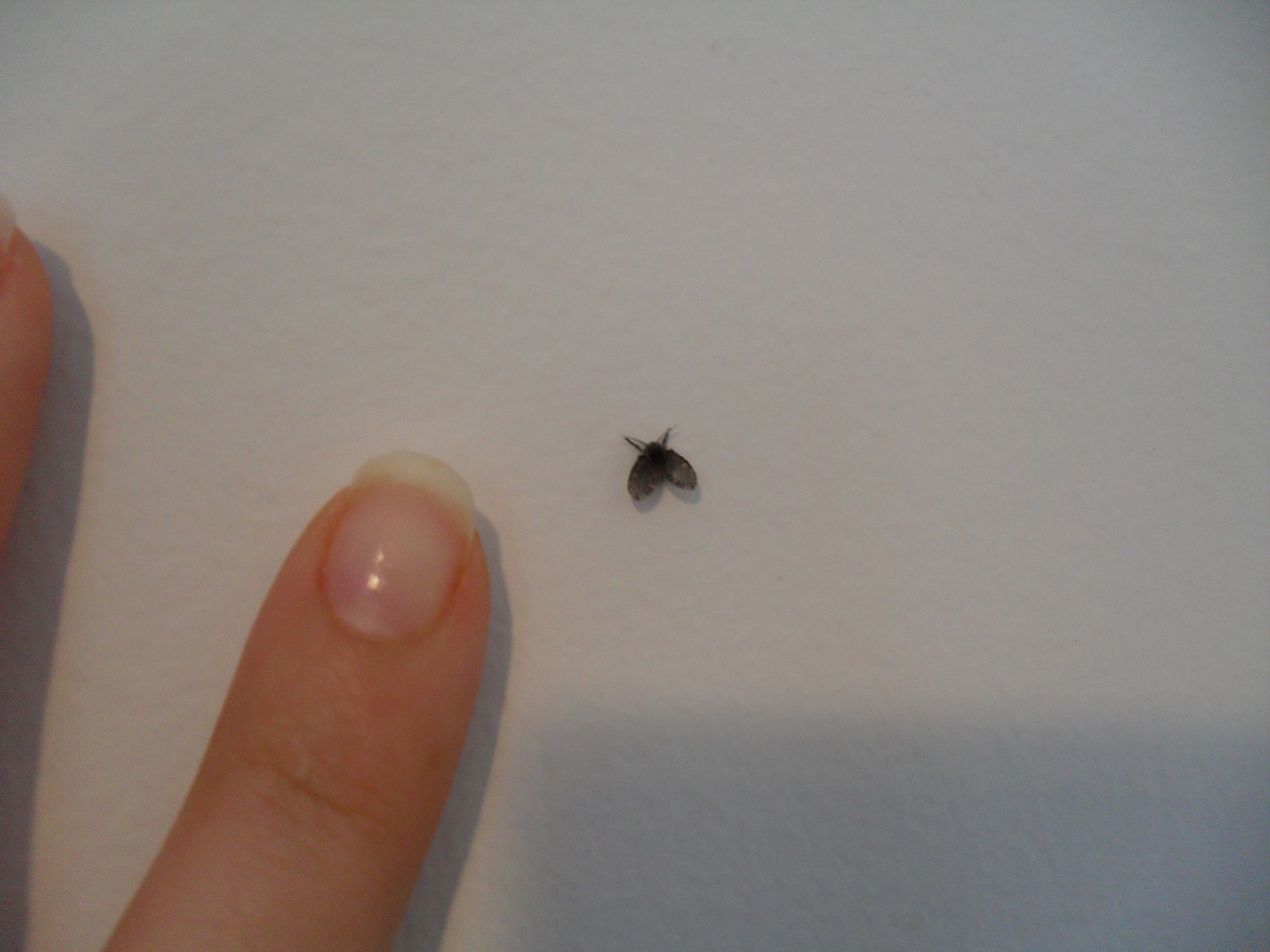Common Small Flying Bugs in Kitchens and Bathrooms
/natural-ways-get-rid-insects-your-home-4864214-v2-2041dbe12ebf4e6c849ad4342c07ae61.jpg)
Small flying insects can be a nuisance in kitchens and bathrooms, often causing worry and discomfort. These bugs can contaminate food, spread diseases, and trigger allergies. Understanding the different types of small flying bugs that frequent these areas is crucial for effective control and prevention.
Identifying Common Small Flying Bugs
Identifying the specific type of bug is the first step towards effective control. Here are five of the most common small flying bugs found in kitchens and bathrooms, along with their distinguishing features:
- Fruit Flies: These tiny, reddish-brown flies are often found around overripe fruit, garbage, and damp areas. They have distinctive red eyes and are attracted to fermented substances.
- Drain Flies: These small, dark-colored flies have hairy wings and are often found near drains, particularly in bathrooms and kitchens. They are attracted to moist, decaying organic matter and can breed in stagnant water.
- Gnats: These small, delicate flies are often mistaken for fruit flies. They have long legs and a tendency to hover in the air. They are attracted to moisture and decaying organic matter.
- Fungus Gnats: These tiny flies are often found in moist soil and potted plants. They have long legs and a dark, segmented body. They are attracted to decaying organic matter and can breed in moist soil.
- Phorid Flies: These small, dark-colored flies have a humped back and are often found in bathrooms and kitchens. They are attracted to decaying organic matter and can breed in drains, garbage disposals, and moist areas.
Common Misconceptions About Small Flying Bugs
There are several common misconceptions about small flying bugs that can lead to ineffective control measures. Here are some of the most prevalent misconceptions and the factual information that debunks them:
- Misconception: All small flying bugs are harmful and spread diseases.
Fact: While some small flying bugs can carry diseases, many are harmless and simply a nuisance. For example, fruit flies are generally not known to transmit diseases. - Misconception: Small flying bugs are attracted to light.
Fact: While some insects are attracted to light, others are not. For example, drain flies are not attracted to light but rather to moist environments. - Misconception: Small flying bugs can be controlled by simply spraying insecticide.
Fact: While insecticide can be effective in killing some bugs, it is not always the most effective or sustainable solution.
Factors Attracting Small Flying Bugs: Small Flying Bugs In Kitchen And Bathroom

Small flying insects are attracted to kitchens and bathrooms for a variety of reasons, often seeking out the resources they need to survive and thrive. These environments provide an ideal habitat for many common pests, particularly those drawn to food, moisture, and warmth.
Food Sources, Small flying bugs in kitchen and bathroom
Food is a primary attractant for small flying bugs. Kitchens, with their abundance of food and food waste, are particularly vulnerable.
- Food crumbs and spills: Uncleaned spills and crumbs provide an easy food source for insects.
- Pet food: Open pet food bowls and spilled pet food can also attract insects.
- Overripe fruits and vegetables: Overripe or decaying produce can attract fruit flies and other pests.
- Open garbage cans: Unsealed garbage cans provide an ideal breeding ground for flies and other insects.
- Compost bins: Compost bins can attract fruit flies and other insects, especially if not properly maintained.
Moisture
Moisture is another key factor that attracts small flying bugs. Bathrooms, with their high humidity and potential for water leaks, are particularly susceptible.
- Leaky faucets and pipes: Leaky faucets and pipes create damp environments that attract insects.
- Condensation: Condensation from showers and baths can create moisture that attracts insects.
- Standing water: Standing water in sinks, tubs, or on floors provides breeding grounds for mosquitoes and other insects.
Sanitation
Poor sanitation practices can create conditions that attract small flying bugs. This includes:
- Dirty dishes: Dirty dishes can attract fruit flies and other insects.
- Uncleaned spills: Uncleaned spills on countertops and floors provide a food source for insects.
- Cluttered areas: Cluttered areas provide hiding places for insects.
- Dirty garbage disposals: Dirty garbage disposals can attract fruit flies and other insects.
Ventilation
Poor ventilation can contribute to infestations by creating a humid environment and trapping insects.
- Lack of ventilation: Lack of ventilation in kitchens and bathrooms can trap moisture and attract insects.
- Broken exhaust fans: Broken exhaust fans can fail to remove moisture and odors, creating an inviting environment for insects.
Small flying bugs in kitchen and bathroom – Small flying bugs in the kitchen and bathroom can be a real nuisance, often appearing in damp areas or near drains. While tackling the source of the problem is crucial, you can also enhance your bathroom’s aesthetic appeal with waterproof bathroom floor stickers , which can create a vibrant and moisture-resistant surface.
These stickers not only add a decorative touch but also help prevent the build-up of moisture, making it harder for pesky bugs to thrive.
Those tiny flying bugs in your kitchen and bathroom can be a real nuisance, but sometimes the best way to deal with a stressful situation is to unwind. A good soak in a japanese soaking tub for small bathrooms can do wonders for your mood, and maybe even help you forget about those pesky little insects for a while.
Once you’re feeling refreshed, you can tackle the problem of the bugs with a clear head.